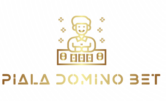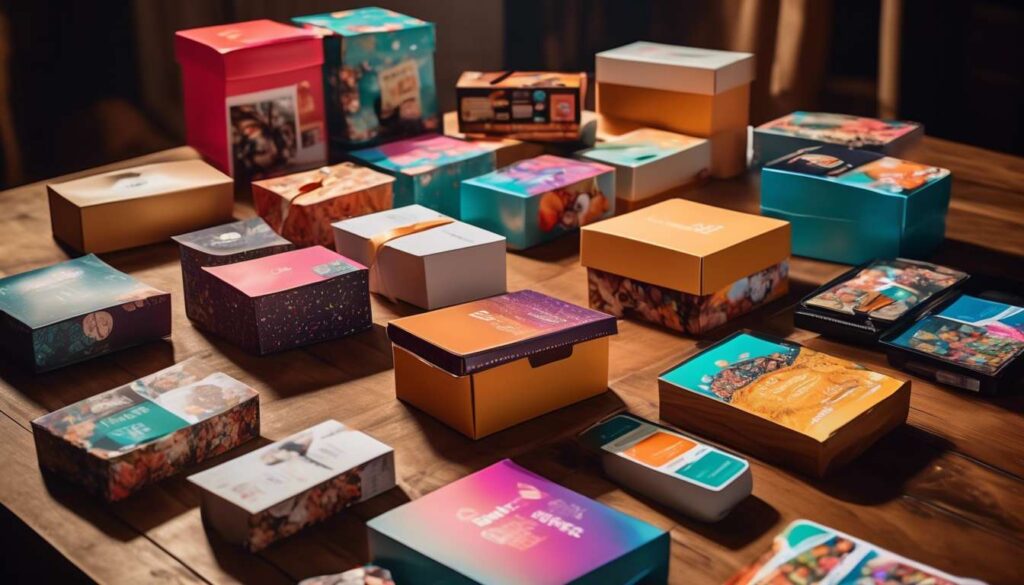In today’s fast-paced market, we find ourselves constantly bombarded with various types of promotions vying for our attention. As consumers, we navigate a maze of discounts, special offers, and loyalty programs, each designed to tempt us into making that next purchase.
As we delve into the world of promotional strategies, it becomes crucial to understand the differences and effectiveness of these tactics. Together, we will explore the landscape of promotional types, from the immediate gratification of flash sales to the long-term benefits of reward systems.
By examining these strategies, we aim to equip ourselves with the knowledge to make informed decisions, whether we are on the receiving end or crafting these offers within our own businesses.
Let us embark on this journey to better understand how these promotional techniques influence our purchasing behaviors and shape the competitive marketplace in which we all participate.
Flash Sales vs. Daily Deals
Flash sales and daily deals offer consumers exciting opportunities to snag discounts, yet they differ significantly in terms of duration and frequency.
Flash Sales
Flash sales are thrilling because they often last only a few hours or a day. This creates a sense of urgency that brings us together in the hunt for limited-time offers. We feel the adrenaline rush as we race against the clock to grab those exclusive discounts.
Daily Deals
On the other hand, daily deals provide us with a more consistent opportunity to find savings. These promotions usually last for 24 hours and refresh regularly, allowing us to plan our purchases and anticipate upcoming incentives. We can rely on daily deals as a steady source of discounts, helping us feel connected to a larger network of informed consumers.
Whether we’re chasing the immediacy of flash sales or the reliability of daily deals, these promotions keep us engaged and excited.
Coupon Codes vs. Percentage Discounts
When navigating the world of savings, coupon codes and percentage discounts each offer unique ways to maximize our budgets. As a community of savvy shoppers, we understand that promotions are more than just price cuts; they’re incentives that create a sense of belonging in the shopping experience.
Coupon Codes
- Provide the thrill of unlocking a special deal.
- Act as a secret handshake shared between us and the retailer.
- Enhance the feeling of being insiders when we enter those codes at checkout.
Percentage Discounts
- Are straightforward and universally accessible.
- Offer immediate clarity; for example, 20% off means just that.
- Allow easy calculation of savings.
- Foster a sense of inclusivity, ensuring everyone sees the same opportunity.
Whether we prefer the exclusivity of coupon codes or the transparency of percentage discounts, both promotions cater to our desire for community and connection in the shopping world, enriching our shared journey of finding the best deals.
Buy One Get One (BOGO) vs. Free Gift
In our quest for the best deals, we often weigh the benefits of Buy One Get One (BOGO) offers against those of a free gift, each providing unique ways to enhance our shopping experience.
With BOGO promotions, we feel the excitement of walking away with twice the product for a single price. It’s like sharing a secret with a friend, knowing we’ve unlocked a special discount that doubles our value. This type of incentive is perfect when we:
- Need more of what we already love
- Want to share with someone special
On the other hand, free gifts add an element of surprise and delight to our purchases. They make us feel appreciated and valued, like we’re part of an exclusive club. These promotions can:
- Introduce us to new products we might not have tried otherwise
- Enhance our overall experience
Whether we’re motivated by doubling up on our favorites or discovering something new, both BOGO and free gifts create a sense of belonging and satisfaction.
Loyalty Programs vs. Referral Rewards
When we explore Loyalty Programs and Referral Rewards, we discover two compelling ways to deepen our engagement with brands and reap ongoing benefits.
Loyalty Programs invite us to join a community where our repeat purchases are rewarded. We accumulate points or receive exclusive discounts, feeling valued and connected to the brands we love. These promotions transform our shopping habits into rewarding experiences by offering:
- Incentives that keep us coming back.
- A sense of belonging within the brand community.
On the other hand, Referral Rewards leverage our social circles, encouraging us to share our positive experiences with friends and family. When someone joins through our referral, we both benefit. This type of promotion fosters:
- A sense of belonging, as we help grow a community of like-minded individuals.
- Mutual benefits, such as discounts or special offers upon successful referrals.
By participating in loyalty programs or engaging in referral rewards, we not only receive incentives but also strengthen our bonds with brands and each other. This dual engagement strategy enriches our consumer experience while fostering community growth.
Limited Time Offers vs. Seasonal Promotions
When we explore Limited Time Offers and Seasonal Promotions, we discover unique strategies that create urgency and capitalize on specific periods to enhance our buying experience.
Limited Time Offers often feature enticing discounts that invite us to act quickly or risk missing out. They tap into our desire to belong to a community of savvy shoppers who seize opportunities.
Seasonal Promotions align with specific times of the year, such as holidays or back-to-school seasons. They provide incentives that resonate with our shared experiences and traditions.
Both types of promotions utilize discounts to encourage purchases, but they differ in approach:
-
Limited Time Offers
- Create immediate urgency
- Spark a sense of excitement and motivation
-
Seasonal Promotions
- Build anticipation over time
- Allow us to plan purchases around familiar cycles
By understanding these promotions, we can make informed decisions that benefit not only our wallets but also our sense of connection to collective buying moments.
Sweepstakes vs. Contests
In exploring sweepstakes and contests, we find engaging promotional tools that captivate our interest by offering the allure of winning exciting prizes. These promotions create a sense of community as we join others in the pursuit of rewards.
Sweepstakes entice us with the simplicity of entry—often requiring nothing more than a sign-up. They offer inclusivity, allowing everyone a chance to win and fostering a sense of belonging among participants.
Contests, in contrast, demand skill or creativity, adding a competitive edge that many of us thrive on. They encourage us to showcase our talents, offering incentives to stand out in a crowd.
Both sweepstakes and contests serve as powerful promotions that can boost brand visibility and customer engagement. They often pair with discounts to further entice participation, creating a cycle of incentives that keeps us engaged.
As part of a community drawn to these exciting opportunities, we find ourselves not just chasing prizes but also connecting with like-minded individuals.
Influencer Collaborations vs. Affiliate Marketing
In the dynamic world of marketing, influencer collaborations and affiliate marketing stand out as two effective strategies for reaching broader audiences and driving sales. Together, they create a sense of community and connection that many of us crave.
Influencer Collaborations:
- When we collaborate with influencers, we’re leveraging their trusted voices to promote our brands.
- These partnerships often come with exclusive promotions, such as:
- Discounts
- Special incentives
- This encourages their followers to engage with our products.
Affiliate Marketing:
- Offers a performance-based approach.
- Broadens our reach through individuals and websites that earn commissions by driving traffic and sales for our brand.
- Affiliates often provide:
- Discounts
- Incentives to their audience
This creates a win-win scenario for everyone involved.
Both strategies tap into the power of recommendations but with different dynamics.
- Influencers offer personal endorsements.
- Affiliates provide a broader network reach.
Together, they allow us to engage with our audience in meaningful ways, fostering a community that’s both loyal and engaged.
Bundling vs. Upselling
In the realm of sales strategies, bundling and upselling offer distinct approaches to increasing the value of each customer’s purchase.
Bundling is a strategy that creates a sense of community among customers by offering packages of related products at a discounted price. This approach:
- Provides value to customers.
- Strengthens the bond with the brand, as customers feel they are getting more for less.
- Taps into the human desire for connection and shared experience.
Upselling, on the other hand, focuses on enhancing the customer’s existing purchase by suggesting a more premium version or additional features. This strategy:
- Relies on the incentive of added value.
- Elevates the shopping experience.
- Persuades customers through the perceived enhancement in quality or convenience, even without direct discounts.
By choosing the right approach, whether it be bundling or upselling, businesses craft promotions that not only boost sales but also foster a loyal community.
Conclusion
In conclusion, when deciding on promotions, consider the specific goals and target audience of your business.
Different promotional strategies include:
- Flash sales and daily deals: Create urgency.
- Coupon codes and percentage discounts: Appeal to different customer preferences.
- BOGO offers and free gifts: Incentivize purchases.
- Loyalty programs and referral rewards: Build customer loyalty.
- Limited time offers and seasonal promotions: Capitalize on timing.
- Sweepstakes and contests: Engage customers.
- Influencer collaborations and affiliate marketing: Leverage different forms of partnerships.
- Bundling and upselling strategies: Maximize value.
By aligning your promotions with these strategies, you can effectively reach and engage your target audience.

